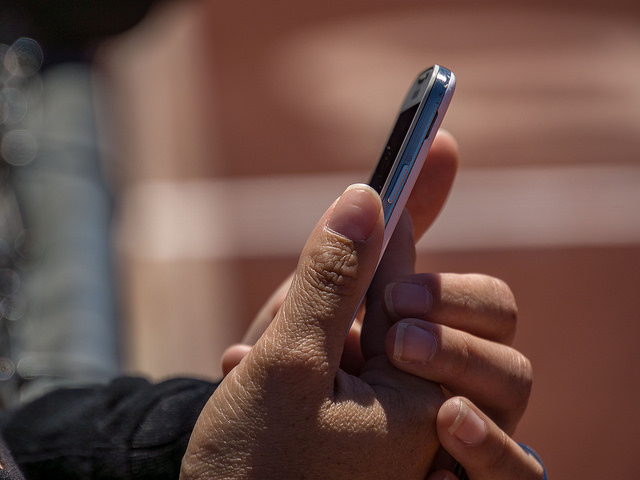In the second article of a multipart series on health literacy and innovation in health care, developed through the online master of public health at the George Washington University, I explain mHealth–mobile health, for short– its challenges, and how it could potentially improve the patient experience for older adults. You can find the first article, a primer on health technology here.
Mobile health, also known as mHealth, uses mobile and wireless devices to collect and share data between patients and doctors and other providers. There is no universally agreed upon definition for mHealth. However, it typically refers to using mobile technologies and mobile applications to improve people’s health. Today, there are about 165,000 mHealth apps on the market.
Smart phones are among the most common devices in mHealth. But mHealth can also refer to apps or software programs on mobile devices. These apps can increase connection and communication between patient and providers, resulting in improved efficiency and quality of care. According to the World Health Organization, the networks formed by these connected devices and applications “are transforming the way health services and information are accessed, delivered, and managed.”
The use of mobile technologies in health care has become increasingly popular in low- and middle-income countries where health services are limited. However, this mode of health delivery is also important in the United States. It is estimated that within the next few years, China and the United States will have the largest mHealth markets.
Currently, most Americans engage with mHealth to look up medical information and to track and manage their health. Only a small percentage of Americans use mHealth applications to communicate directly with health providers. In order for mHealth to be more widely adopted, policymakers and health providers will have to address the following challenges:
- Lack of regulations for mHealth devices
- A reimbursement policy for doctors who use mHealth initiatives
- Discrepancies in health insurance coverage
- Legal challenges with quality control
- Privacy and security issues
With mHealth, there are also many potential benefits. It could encourage positive behavior change or allow care providers to remotely monitor patients. It could provide older adults with more accessible and affordable care options. The use of mobile technologies in health care could also help reduce travel to and from medical appointments. Additionally, mHealth could potentially create a way for doctors to prescribe medication and track treatment regimens. This use of mHealth could be especially helpful for older adults who rely on multiple medications to manage chronic conditions.
However, until there are official standards for mHealth services, providers and patients alike may be hesitant to embrace it as an everyday way to deliver health care.
Here’s more from Just Care:











